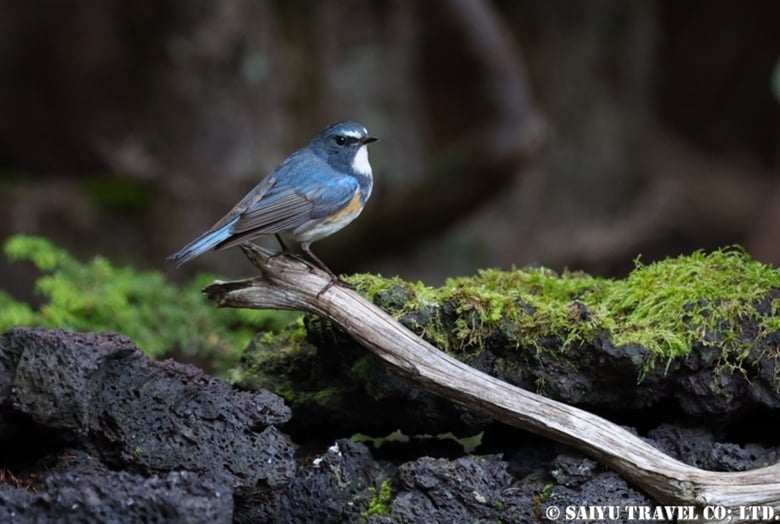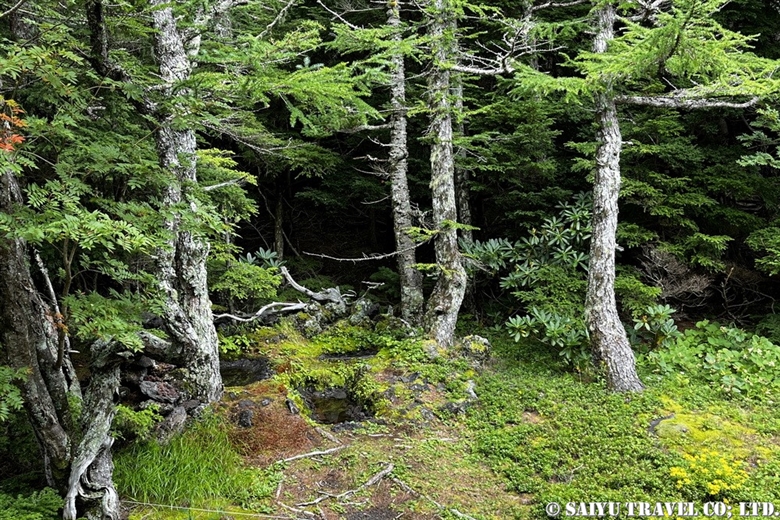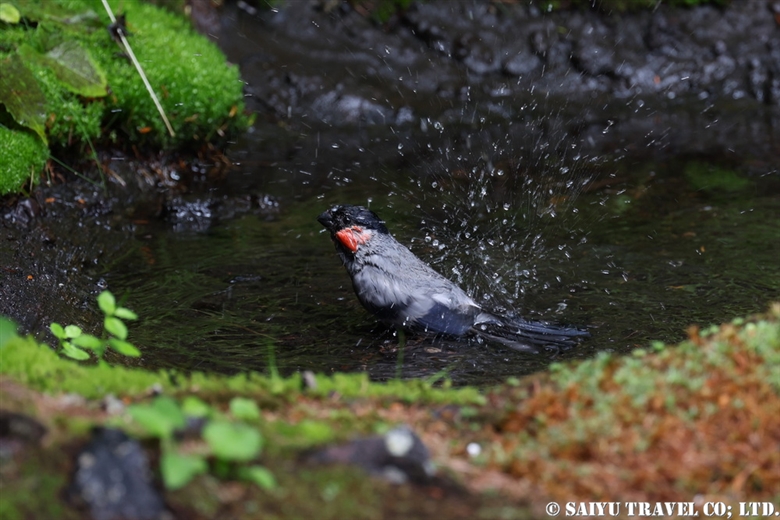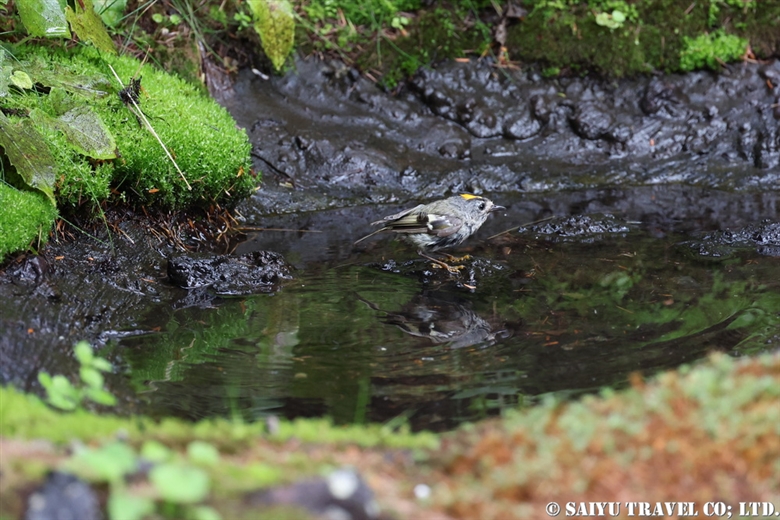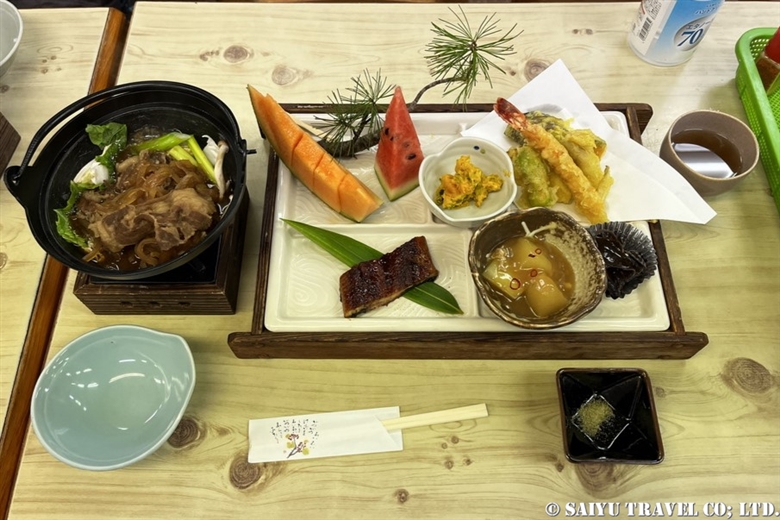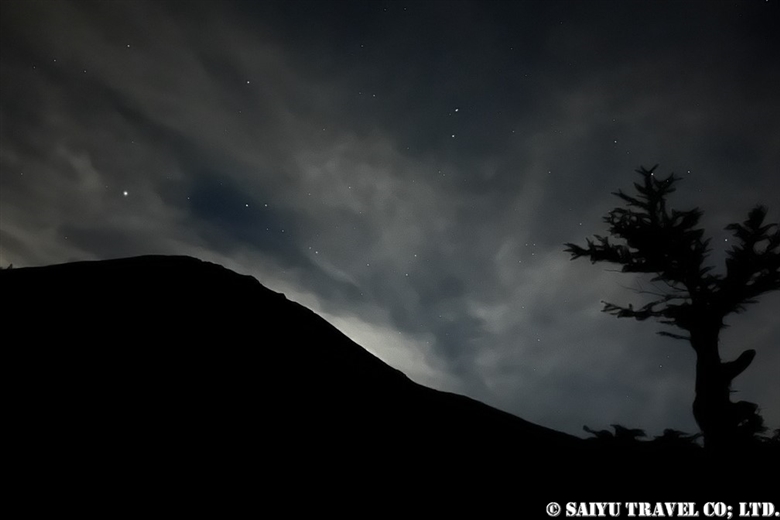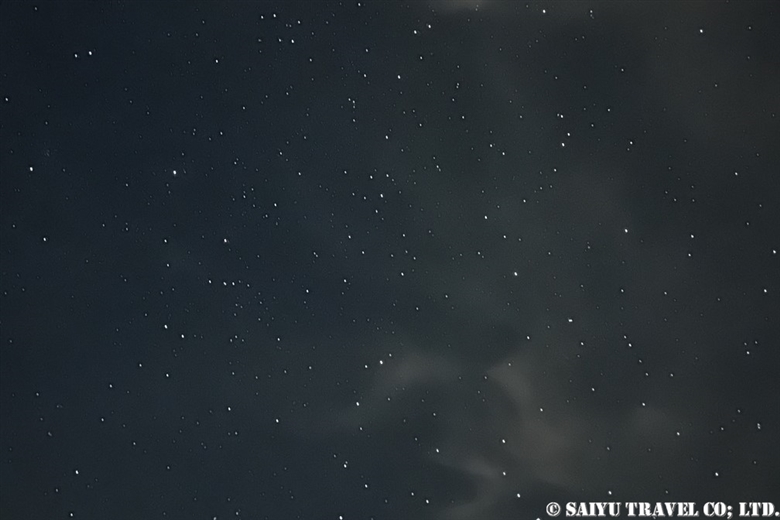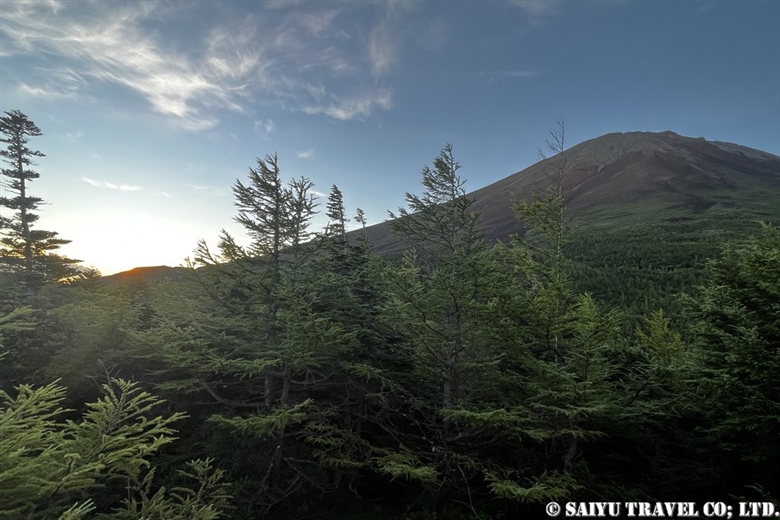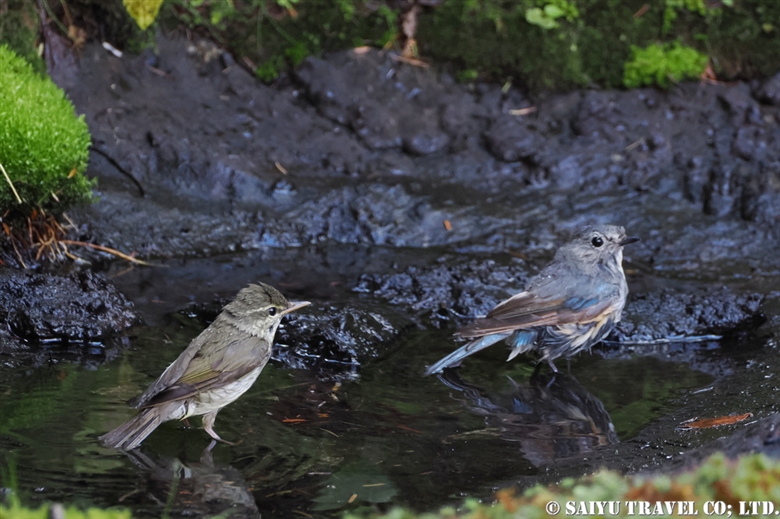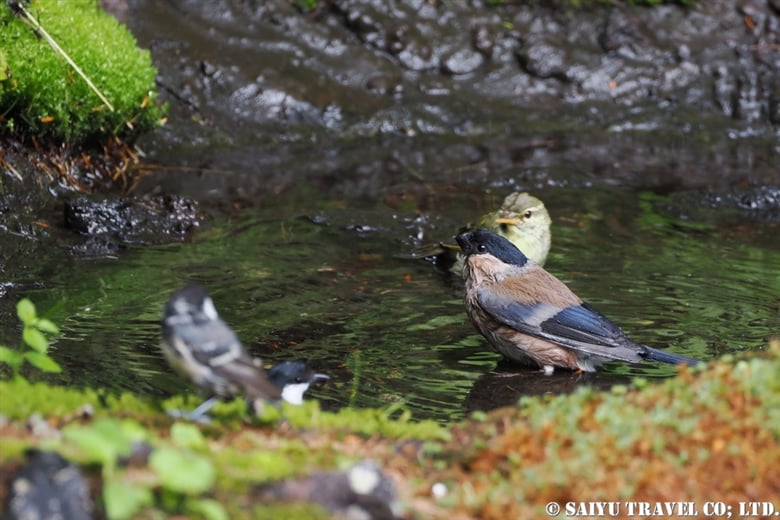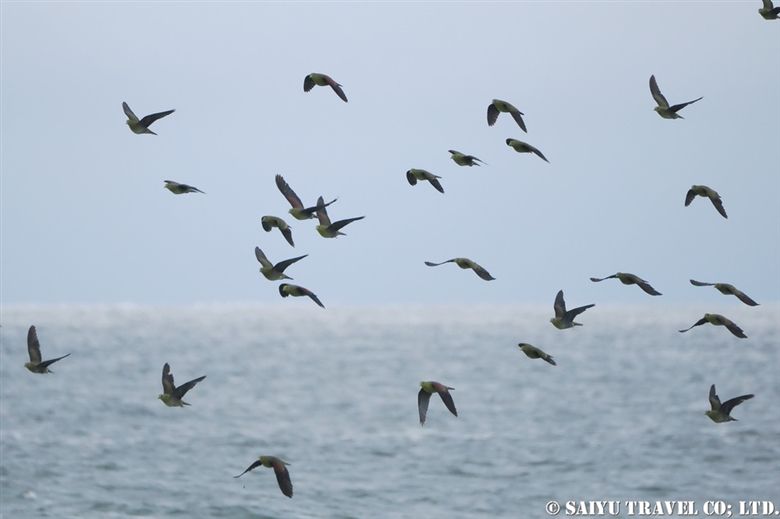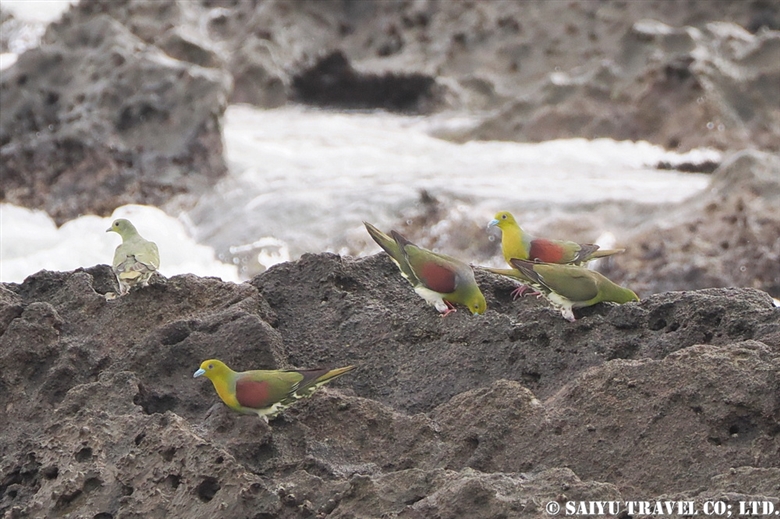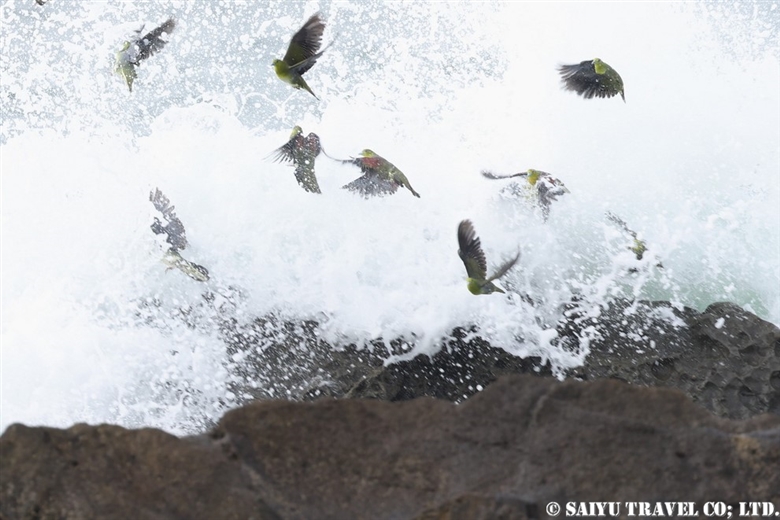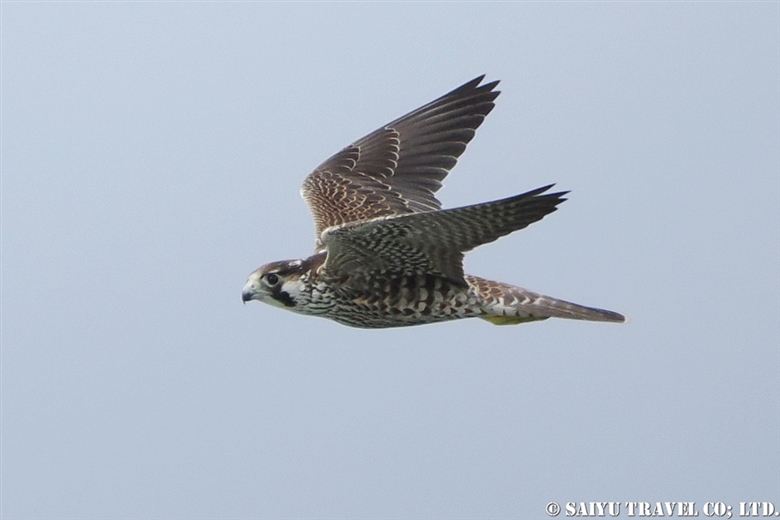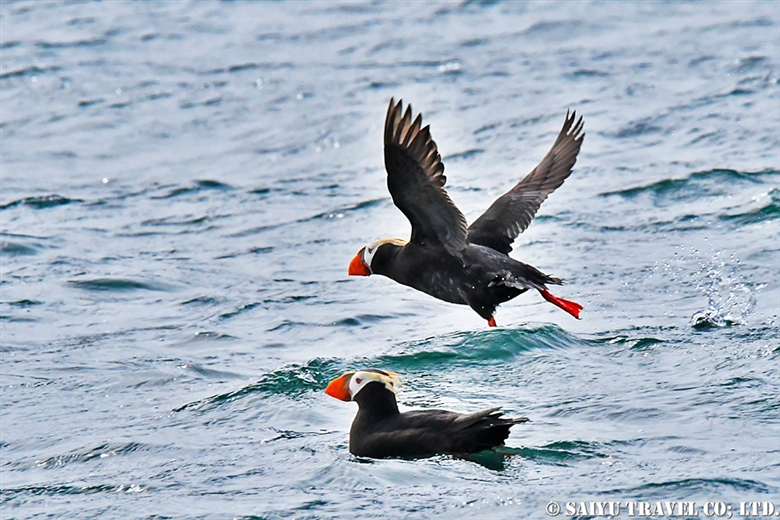
In early summer, seabirds in breeding plumage and sea animals can be seen on the Ochishi cruise and at Cape Kiritappu, and beautiful flowers and grasses can also be found in the marshlands along the way.
Ochiishi Cruise and Surrounding Waters
From Cape Nosappu to Cape Erimo, part of the cold Oyashio (Kuril) Current flows along the coast, especially from Nemuro to Cape Kiritappu, which is the area with the lowest sea water temperature in Japan. As a result, tufted puffins, red-faced cormorants, and other seabirds that are difficult to see outside of this area breed here. The uninhabited islands of Yururi Island and Moyururi Island in Ochiishi are especially important breeding grounds for seabirds, and both landing on the islands and fishing in the surrounding area are prohibited. Currently, seabird observation by permitted fishing boats is operated in some areas.
To visit the waters of Yururi Island and Moyururi Island, you must take a Ochiishi cruise operated by the fishing association. The cruise takes about 2.5 hours on a local fishing boat and involves observing birds in the surrounding waters. Since this is a fishing boat, the cruise can be quite bumpy and subject to waves depending on the weather, so please make preparations to deal with seasickness, assure your belongings are adequately waterproofed, and bring warm clothes.
The following is a list of seabirds and marine animals that can be seen.
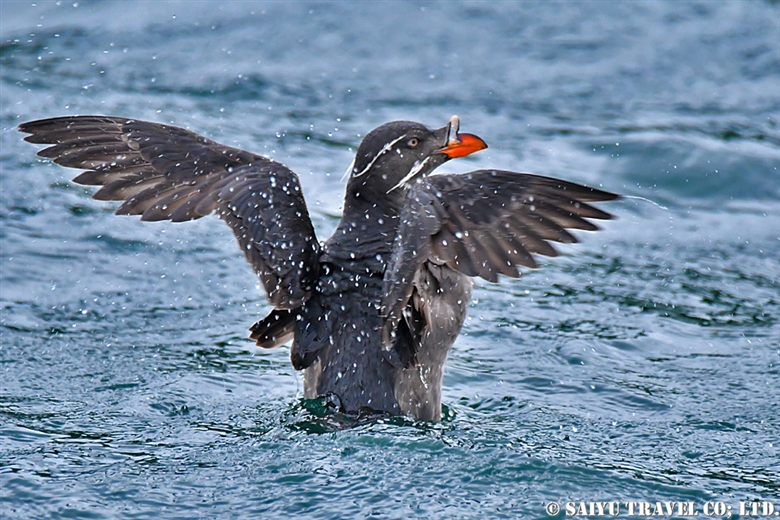
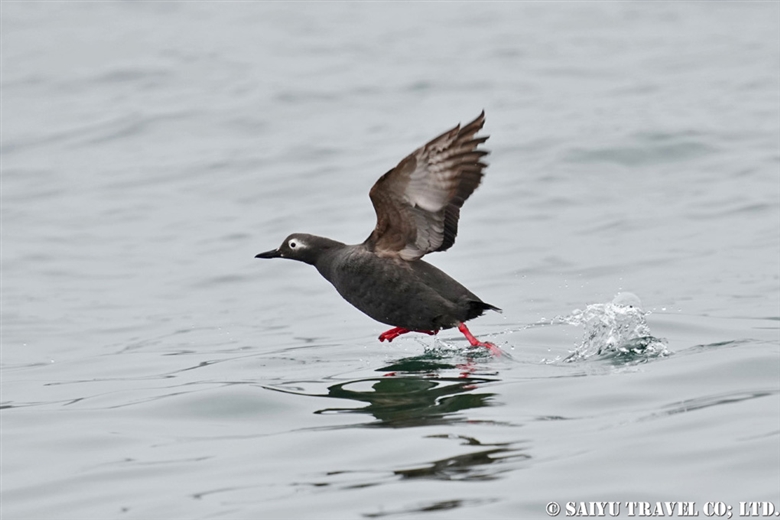
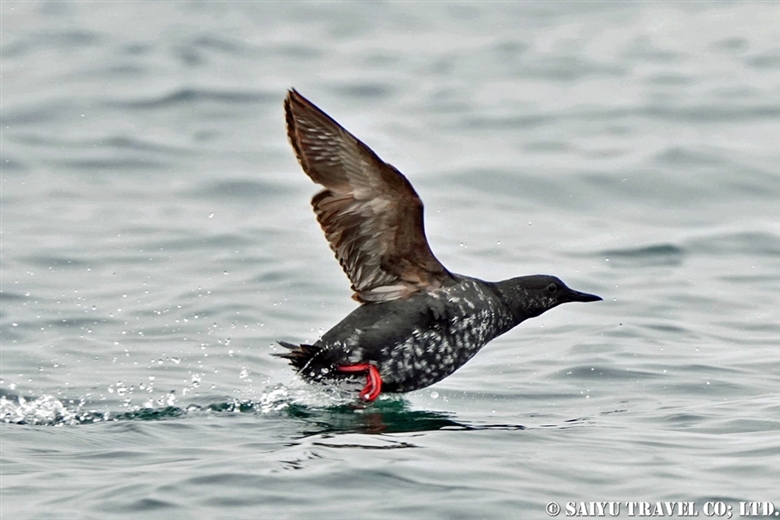
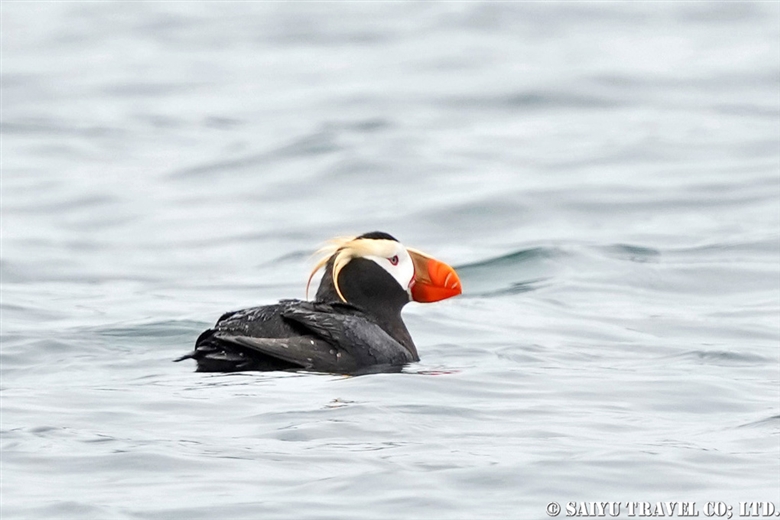
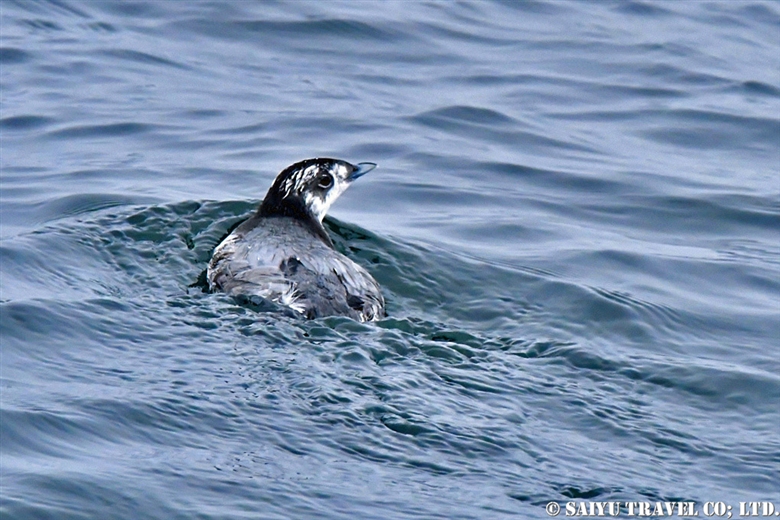
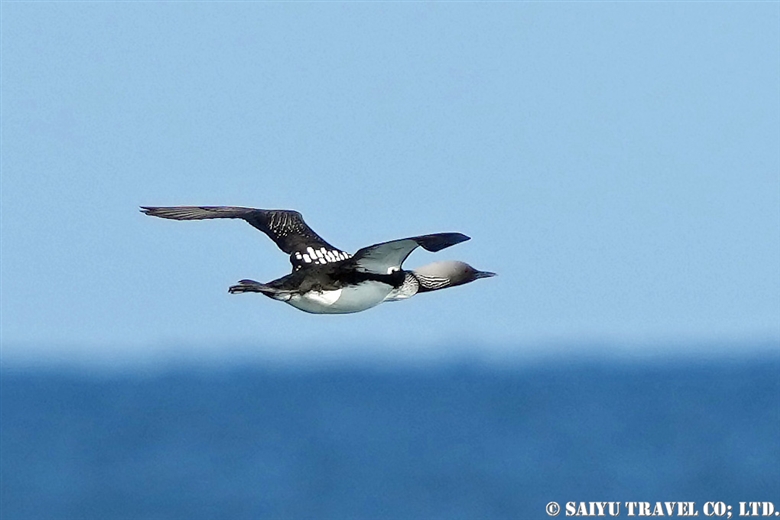
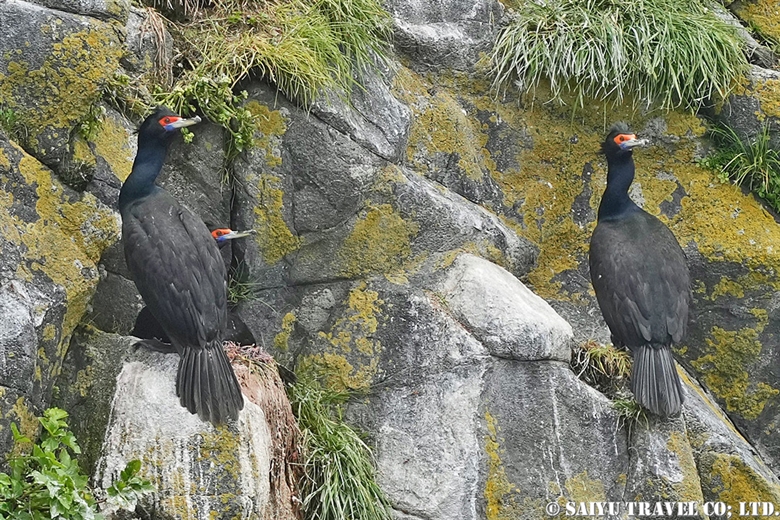
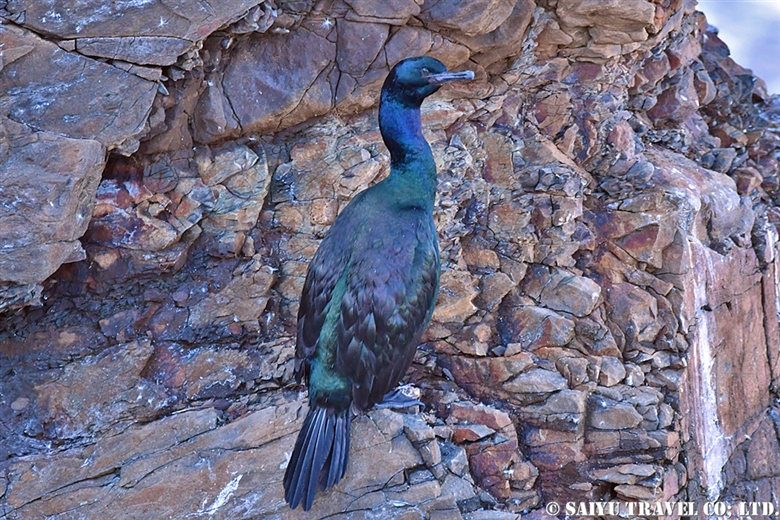
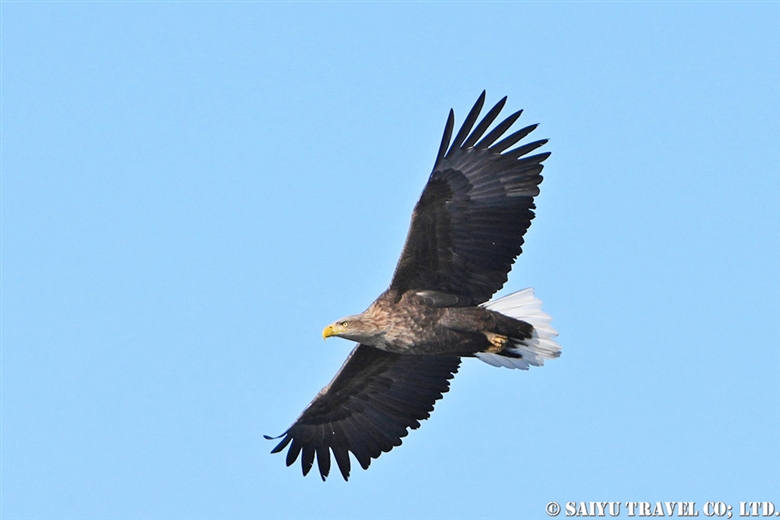
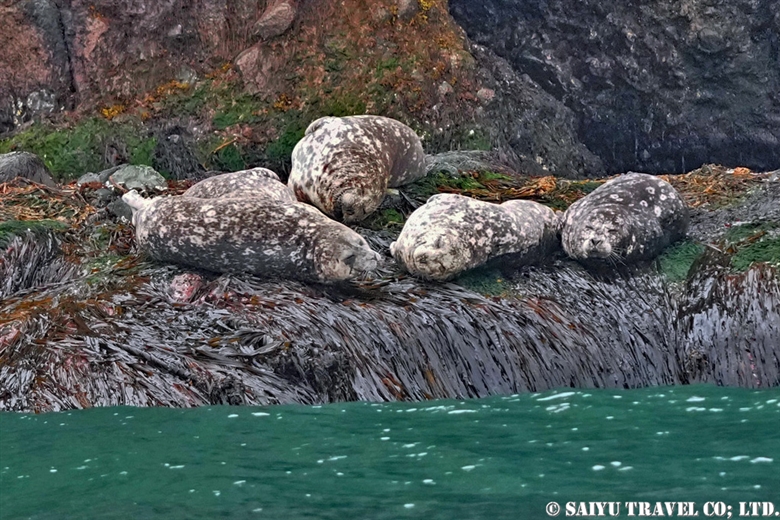
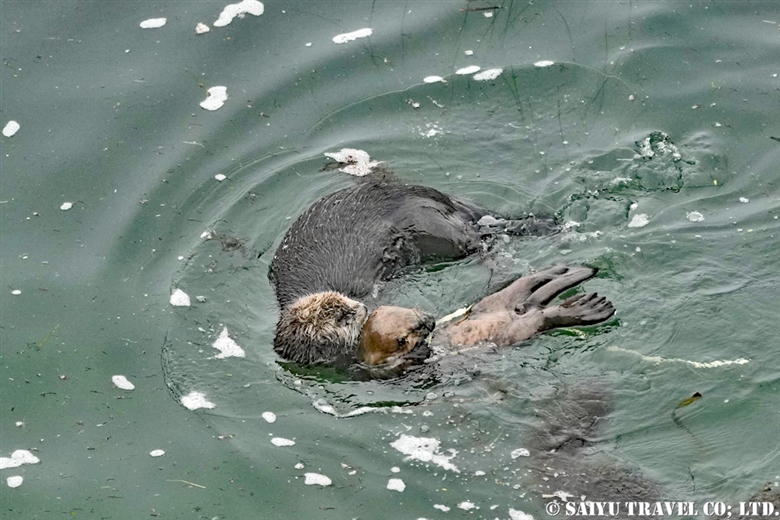
Cape Kiritappu and the Surrounding Wetlands
Cape Kiritappu is a breeding ground for sea otters and many seabirds can be seen here. If you are lucky, you may see tufted puffins and harbor seals. Since this area is accessible by car, it can be an alternative destination in case the Ochiishi cruise is cancelled due to bad weather or lack of passengers.
In the Cape Kiritappu wetlands near Cape Kiritappu, large colonies of daylily, hare’s-tail cottongrass, and other grasses and flowers can be seen, as well as many birds that prefer the grasslands. In addition, along the road to Ochiishi, there are several small wetlands and grasslands suitable for flower and bird watching. Here you can also expect to see red-crowned cranes with their chicks.
Below are some of the birds and flowers that can be seen in the wetlands. Please refer to the seabirds at Cape Kiritappu, as they are similar to those on the Ochiishi cruise mentioned above.
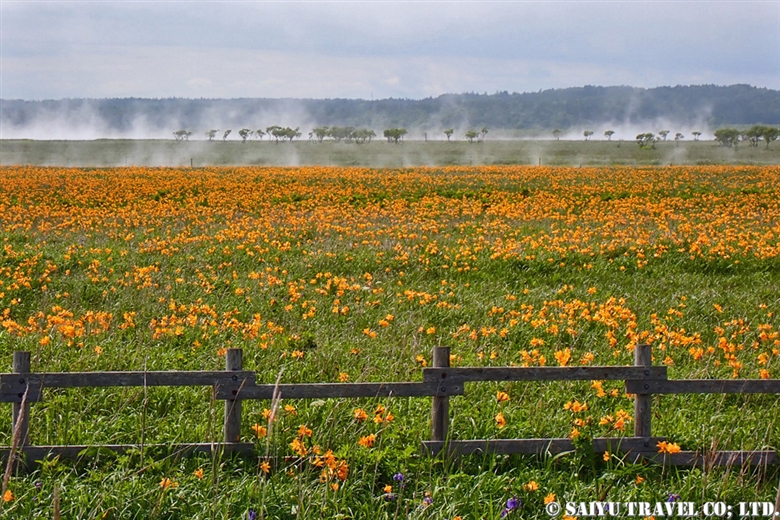
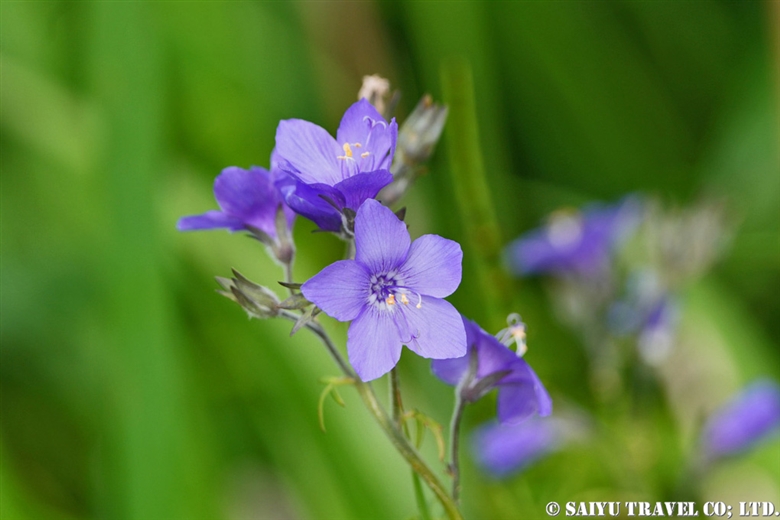
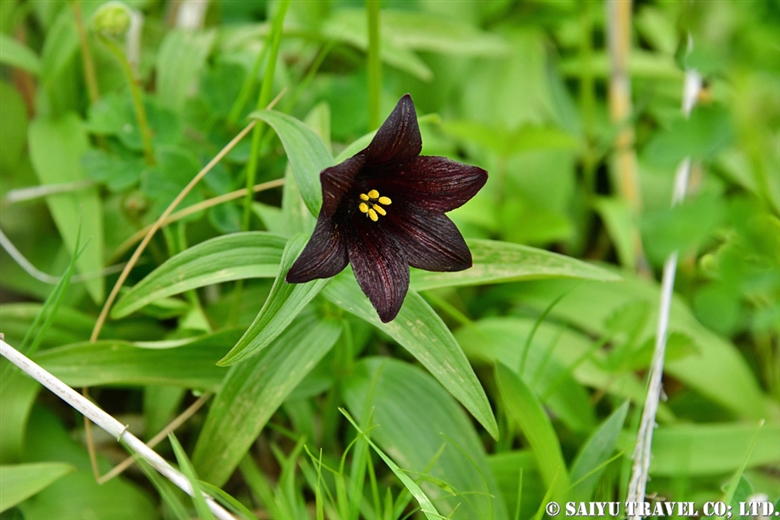
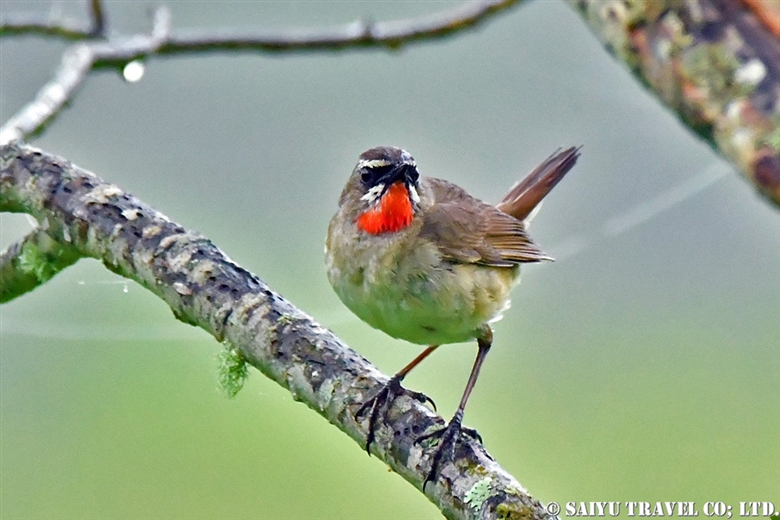
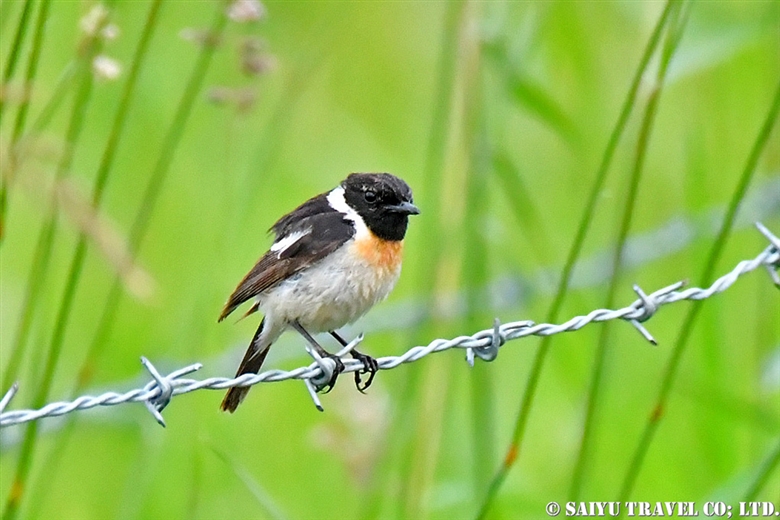
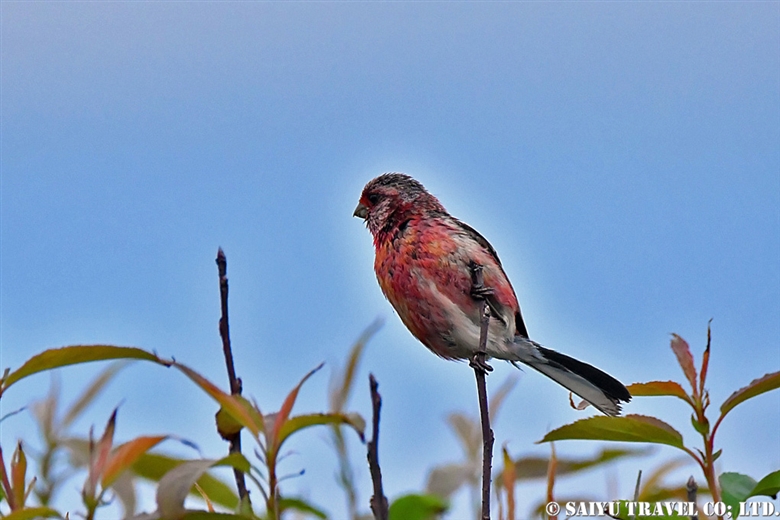
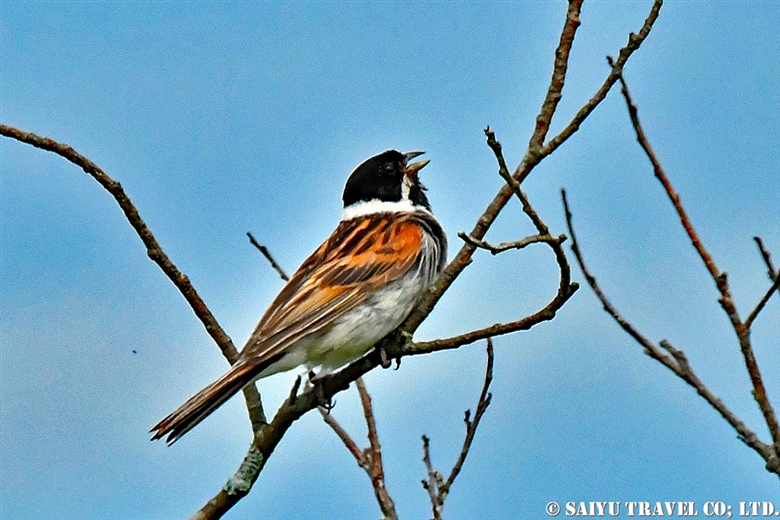
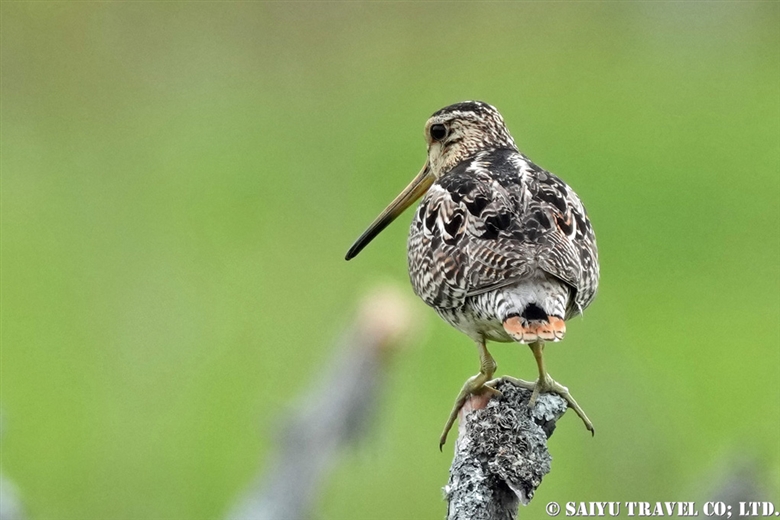
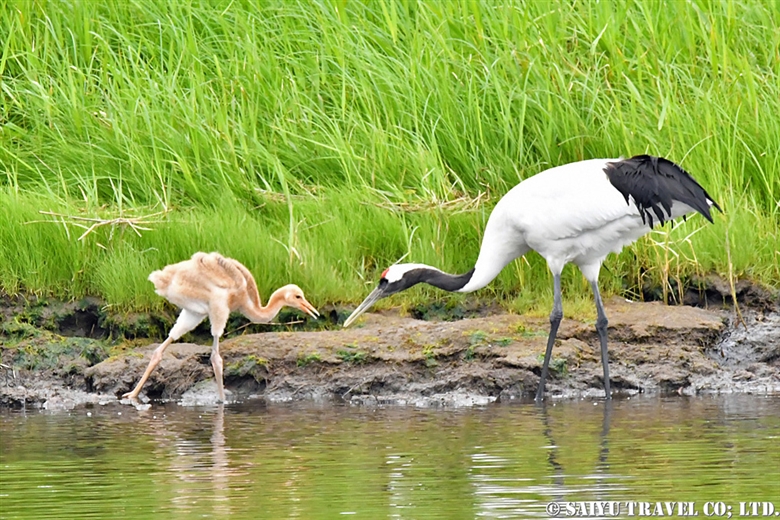
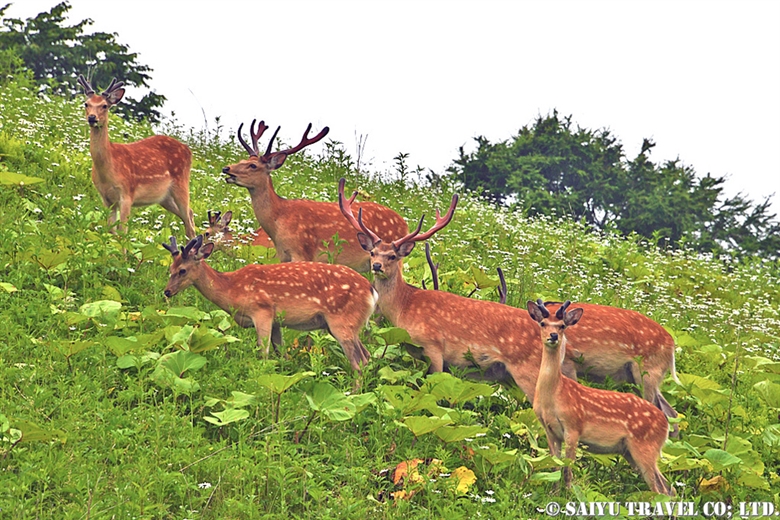
Photo & text : Hiromichi HAYASHI
Observation : Ochiishi & Kiritappu, Nemuro, Hokkaido
*Contact us, Saiyu Travel for more information about wildlife and bird watching in Hokkaido. We can make various arrangements for your trip. We operate a guesthouse, Shiretoko Serai, in Rausu, Shiretoko and Teuri Island. both are perfect location for wildlife lover.
*Youtube : Wildlife of Japan
Tags: Tufted Puffin, Rhinoceros Auklet, Pigeon Guillemot, Spectacled Guillemot, Japanese Murrelet, Saiyu Travel Japan, Pacific Loon, #wildlifeofjapan, Japan Bird watching tour, #birdsofjapan, #saiyutravel, Birds Photography Hokkaido, #birdsofhokkaido, Ochiishi, Ochiishi Cruise, Birds of Hokkaido, Widlife tour of Hokkaido, Birds of Japan, Kiritappu




